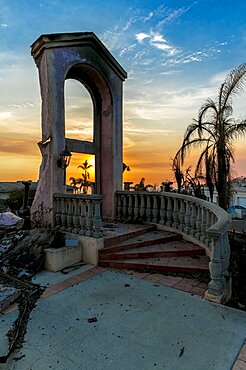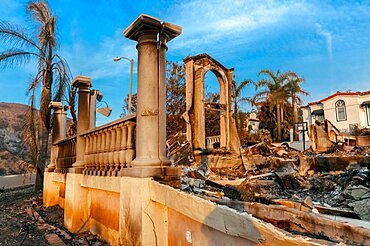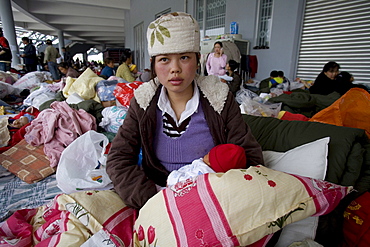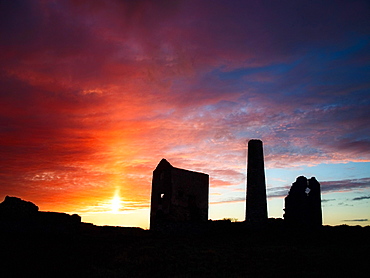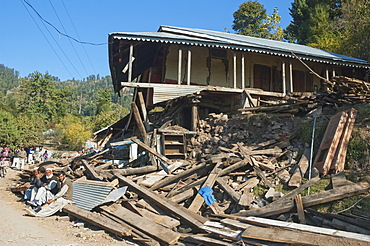Results
4 results found
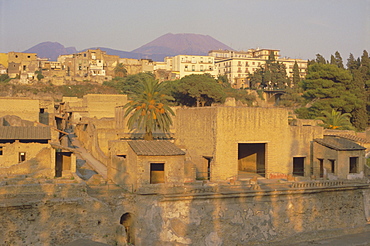
Mount Vesuvius behind the ruins of the Roman resort of Herculaneum, destroyed in the eruption of AD 79 which covered the town in lava and mud, Herculaneum, near Naples, Campania, Italy, Europe
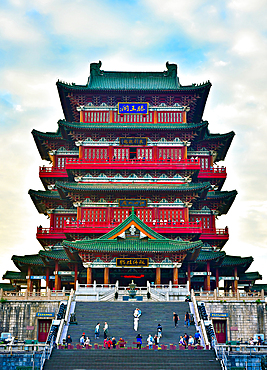
Pavilion of Prince Teng, Nanchang's landmark and home of Prince Teng when he was governor of Nanchang. First built in 653 A.D., it was destroyed and rebuilt 29 times on its original site. Current building was built in 1989. Jiangxi Province, China.
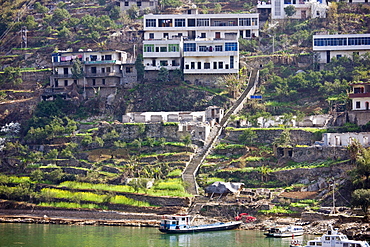
Houses which will be destroyed by Three Gorges dam project are dismantled and re-built on higher ground, Yangze River, China
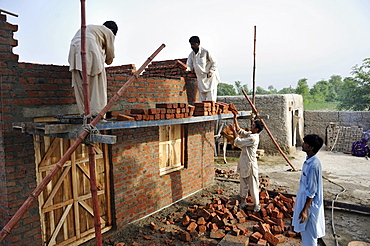
Construction of brick houses for families whose homes were destroyed during the flood catastrophe of 2010, Lashari Wala village near Muzaffaragarh, Punjab, Pakistan, Asia

A man rifles through the debris of what was his home, destroyed by an earthquake in Yinghua Village, China.
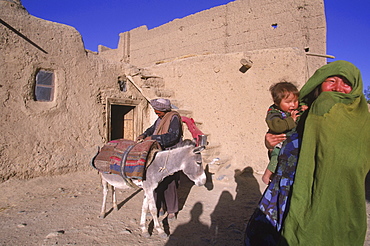
Striking Mongol features distinguish the face of a woman and her child (who is blind) living in the ruins of the Qala-i-Dokthar (Daughter's Castle), outside of the town of Bamiyan, August 30, 2002. Most of the old town was destroyed and up to 20,000 people of the region might have perished when Bamiyan fell to the Taliban in 2001. Bamiyan Valley is located in the Hazarajat at the edge of the Koh-i-Baba range , the end of the Hindu Kush. Bamiyan was a prosperous Buddhist kingdom on the ancient Silk Road until the 10th century, when the region was converted to Islam; in the 12th century, it was destroyed by Ghengis Khan. Most of the people of this region are of the Hazara tribe, and are Shi'a Moslems who have been persecuted for centuries by many of the Pashtun rulers of Afghanistan, who are from the Sunni sect. They most recently suffered at the hand of the Taliban, who tried for years to ethnically cleanse the region of its Shi'a people.

Striking Mongol features distinguish the face of Hamir Mohammed, his daughter and grandson (who is blind), all living in the ruins of the Qala-i-Dokthar (Daughter's Castle), outside of the town of Bamiyan, August 30, 2002. Most of the old town was destroyed and up to 20,000 people of the region might have perished when Bamiyan fell to the Taliban in 2001. Bamiyan Valley is located in the Hazarajat at the edge of the Koh-i-Baba range , the end of the Hindu Kush. Bamiyan was a prosperous Buddhist kingdom on the ancient Silk Road until the 10th century, when the region was converted to Islam; in the 12th century, it was destroyed by Ghengis Khan. Most of the people of this region are of the Hazara tribe, and are Shi'a Moslems who have been persecuted for centuries by many of the Pashtun rulers of Afghanistan, who are from the Sunni sect. They most recently suffered at the hand of the Taliban, who tried for years to ethnically cleanse the region of its Shi'a people

